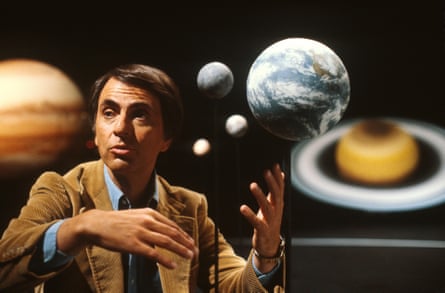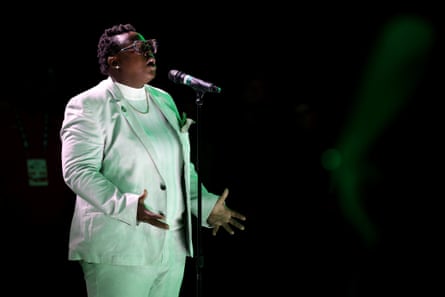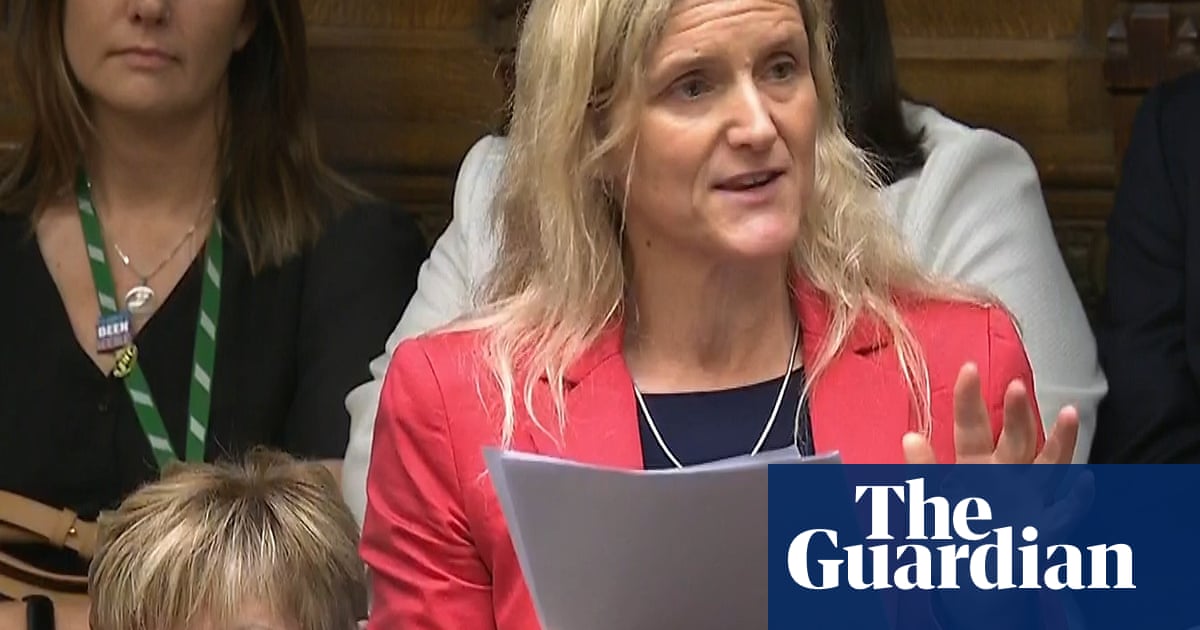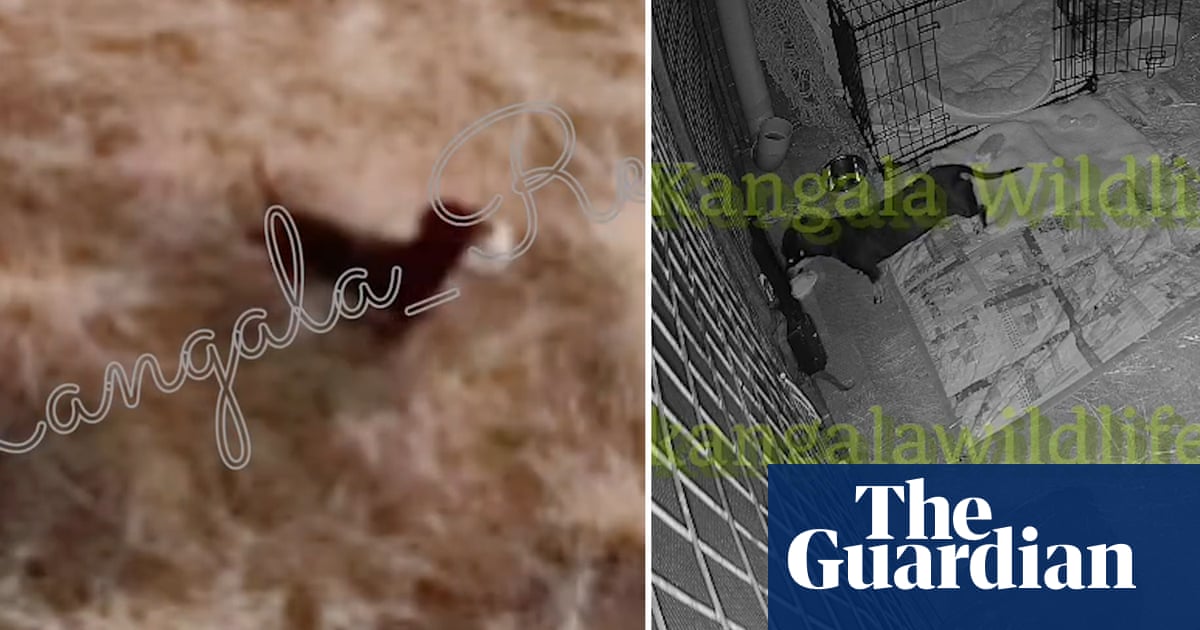It’s almost 50 years since one of the strangest records ever made was launched – not into the pop charts but into the farthest reaches of outer space. Known as the Golden Record, this 12-inch, gold-plated copper disc was an album compiled by astronomer Carl Sagan featuring everything from classical music and spoken-word greetings to the sounds of nature and a blast of Chuck Berry’s Jonny B Goode. Humans could enjoy it, of course, but they weren’t the target audience. Rather, a copy was placed on Voyager 1 and 2, the two space probes launched in 1977, in the hope that they would one day be discovered and listened to by an alien life form.

The Golden Record came with various diagrammatic instructions on how to play it correctly. But as to what aliens might make of Bach’s Brandenburg Concerto, the sounds of humpback whales and a greeting in the Chinese dialects Wu, we will never know. Both Voyager probes are still intact, currently hurtling through the Kuiper belt in interstellar space, but we are likely to lose contact with them in around a decade’s time. This means we will miss the Golden Record’s first realistic chance of being discovered – when it’s expected to pass within 1.6 light years of the star Gliese 445 in 40,000 years’ time.
And yet the record continues to inspire. It’s certainly the key influence behind Earth Rising: Messages from the Pale Blue Dot, the first in a series of three audio works by arts organisation Artangel that are being released on digital platforms in the run-up to the Golden Record’s 50th anniversary.
“I visit artist studios and hear what they’re grappling with,” says Artangel director Mariam Zulfiqar. “They worry about what digital technology has done to human connection, this looming fear of climate, the state of geopolitics. Yet, within that fear, is also an enormous hope for what they believe humanity could be – and a desire to keep making new work that shows us a different perspective on ourselves.”

Zulfiqar has been fascinated with the Golden Record ever since she was a child growing up in Pakistan. “To send this out there without knowing what would happen is quite romantic, especially in today’s outcome-driven world,” she says. So she came up with an idea: what if we made a modern version of the Golden Record that was less concerned with introducing ourselves to aliens and more about introducing humanity to itself? She got to work inviting artists from around the world to contribute.
The result is a collection of poems and experimental compositions that grapple with our present moment. Sebastián Riffo Valdebenito creates a track from the sounds of rock carving at the petroglyph site of Valle del Encanto in Coquimbo, Chile, while Michel Nieva contributes The Alien Mother, a short story set in a future where humanity has colonised Mars. Elsewhere, there are poems about US turmoil, ethereal songs created using just the human voice, and what is described as a “sonic invocation” that honours the calabash, a hard-shelled type of fruit used to make instruments. It’s almost as diverse and confounding as the Golden Record itself which, along with its various audio recordings, featured 115 images encoded in analogue form (a circle, a track athlete, etc) and a condensed recording of Sagan’s wife’s brainwaves, captured while she thought deeply about the Earth’s history and various human experiences such as falling in love (I’d like to see you work that one out, aliens!).

“What surprised me is the connections,” says Zulfiqar. “There’s a beautiful line in Nigerian poet Ofem Ubi’s piece Family Tree that says, ‘In my attempts at tethering, I have loved many people, countries, ghosts.’ That sense of lost love is echoed in some of the other works. Similarly, Emilia Álvarez and Max Cooper both made music using sounds from the human body.”
The latter’s track, Rhythm of Harmony (A Representation of Music), is the contribution most likely to have worked on the original LP. Inspired by some of the more withering responses to the Golden Record by philosophers of the time, who mocked the idea that other life forms would have a clue how to read the instructions, never mind appreciate, say, the traditional Aboriginal song Devil Bird, Cooper set about making a record that would have the best chance of making sense to an alien.
His piece is based on a series of rhythmic clicks that gradually speed up until they make the sound of a tone, at least to human ears. “I’ve assumed the alien that discovers this is spacefaring, so they’re probably more advanced than us and their transition from individual sounds to tones maybe happens at a much higher frequency than ours,” he says. “So they won’t hear these nice tones like we do – what they’ll hear is the relationship in terms of the rhythms of the clicks. I wanted to break music down to the simplest source of sound that an alien might be able to understand.”
Cooper has a science background – he holds a PhD in computational biology and previously worked as a geneticist – which he puts to good use when I ask questions such as: what if aliens haven’t evolved hearing in the same way we have? “There’s a thing called convergent evolution,” he says. “On Earth, the eye has evolved multiple times independently. It’s the same with other senses like hearing. That gives us reason to believe that aliens would have similar senses. It’s not watertight but you can definitely make that argument.”
Cooper’s track is embellished with huge 1980s synth chords that give it a brilliantly retro sci-fi feel, a concession to the fact that it’s currently only going to be heard by humans. “Originally, the plan was for it to be made only with sounds made by the body, but the chords that came from just the body were pretty nasty,” he says. “I love conceptual music but I wanted to make something that was nice to listen to as well.”
Trying to empathise with the sensory evolution of an alien race is an act of optimism that chimes with the original spirit of the Golden Record. But other contributions to Earth Rising strike a bleaker note: dehumanisation, fascism and grief are all picked over by the various artists. Porsha Olayiwola’s scathing In Alignment With the Women Before Me documents the horrors that have taken place on American soil in recent years, namechecking Amber Thurman, the 28-year-old medical assistant who died of septic shock in Georgia after a medical abortion. It also references Aaron Bushnell, the 25-year-old serviceman who set himself alight outside the Israeli embassy in Washington DC.

“I struggle with my role as a poet/writer/artist/witness,” says Olayiwola. “Part of me always wants to do more than write – I want to organise and protest and mobilise. I ask, ‘What can I do with my pencil? What can I do with my voice?’ I thought, if anything, we must begin to speak about these things. Acknowledge and witness and document these atrocities. And perhaps we will begin to intervene.”
I wonder if the despair of today is a little jarring considering the hope and optimism of the original project, but Zulfiqar disagrees. “Even when somebody is saying something quite bleak,” she says, “it reflects that they believe things could be better.”
Olayiwola agrees: “We only leave the bleakness behind if we elect to look it directly in the eye, and shape our future accordingly. My poem serves as a reflection of the abyss. May it be as dark as the night sky in which we may see a glimmer of a star.”

 5 hours ago
6
5 hours ago
6

















































